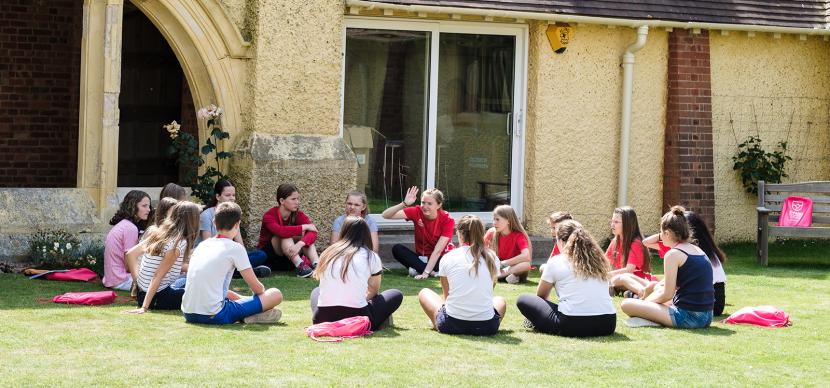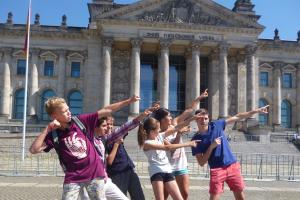Fun Facts: Celebrating Spring

On March 20, at 1:14 am exactly (Eastern Daylight Time), the sun was directly over the Earth’s equator. In the Northern Hemisphere, this annual phenomenon signals the beginning of spring.
Representing a change of the seasons, spring break is the magical time when little baby animals are born and winter’s icy grip becomes weakened by the spring sun. It is hardly surprising, then, that in almost every culture this time of year is seen as the perfect excuse for celebrations to mark the promise of spring. Some call it spring magic!
Such traditions, however, vary widely between countries. Below are some of the weirdest, wildest and most widespread of these celebrations, to get you excited for the spring season and to make you even more worldly and knowledgeable than you already are.
For obvious reasons the egg is present in many such spring celebrations (come on – think of rebirth and new beginnings…and baby animals).
- In Italy, as in many other countries, chocolate eggs are sold as an Easter treat. According to the Guinness Book of World Records, the largest chocolate Easter egg ever made was made here and was over 34 feet high, weighing more than three cars.
- People from Zenica in Bosnia, on the other hand, prefer eggs of the traditional variety, and gather on the first day of spring to celebrate the ‘Festival of Scrambled Eggs’, enjoying a town-sized bowl of the breakfast staple.
- In England, hot cross buns are a popular treat for the beginning of total spring. In the past it was believed that these were actually magic and would never go moldy, as well as protecting against fire, shipwrecks, rats and general misfortune. Certainly cheaper than insurance.
- Another spring tradition near Gloucester, England, involves competitors racing down a steep hill, chasing after a wheel of Double Gloucester cheese.
- Spring is only officially underway in Zurich, Switzerland, with the colorful Sechseläuten festival. A large snowman-like winter effigy, called the Böögg, is set on fire while people gallop around it on horses. Its head is stuffed with firecrackers, and the moment this explodes marks the end of winter; the faster this happens, the longer and warmer the spring nights get.

- In Poland, a similarly symbolic banishing of winter takes the form of the ‘killing’ of the Marzanna. This straw female figure of ‘winter’, dressed in white and decorated with beads and ribbons, is drowned and then carried out of the village.
- In Kabul, Afghanistan, tractors are driven over Afghan wrestlers during the festival of Nowruz. The same festival in Turkey is in part marked by people jumping over bonfires.
- On the first day of spring, crowds gather at the ancient Mayan El Castillo pyramid in Mexico to witness a spectacle of light and shadow that occurs only twice a year. Created by the setting sun, the shape of a giant snake seems to appear down the stairway of the pyramid, uniting with one of the giant stone snake-head sculptures carved at the base.
- Horsemen in Kyrgyzstan welcome in spring with the traditional sport of Buzkashi. Players attempt to score by placing a goat carcass into the goal of the opposing team.
We hope you enjoyed these brief glimpses into global spring celebrations. Despite cultural differences, the taking part in festivities of some kind at springtime is almost universal.
So, you see, spring IS a time for celebration and almighty good cheer! Join us at Kaplan and raise your hands in a ‘Huzzah!’
Is there a special way you like to celebrate spring? Let us know and, as always, share with your friends.
Glossary:
Phenomenon: an observable fact or event.
Staple (adjective): used or enjoyed often, by many individuals (can also refer to a metal fastener used to hold layers of paper together (noun)).
Effigy: an image or representation, especially of a person.
Symbolic: significant purely in terms of what is being represented or implied.
 617 275-5955
617 275-5955




